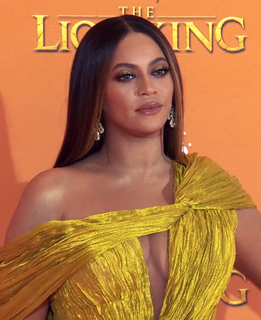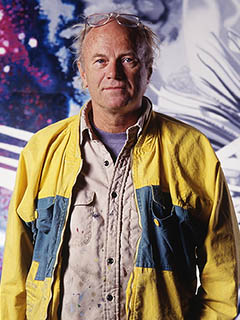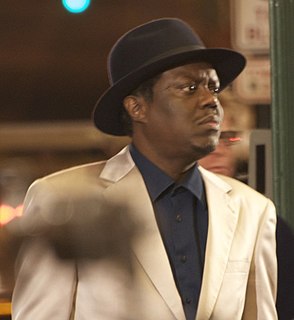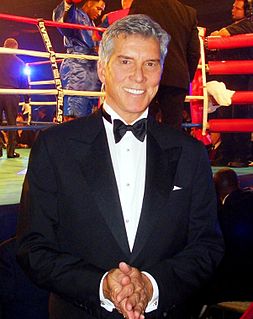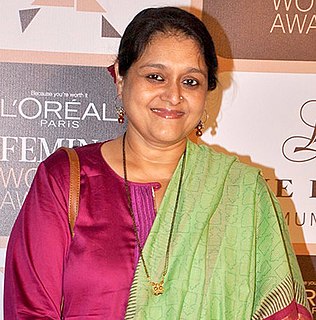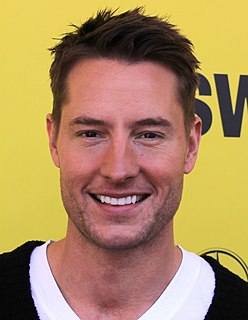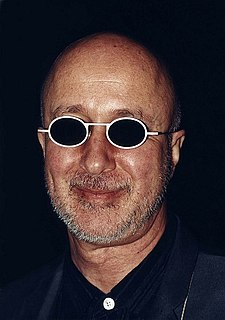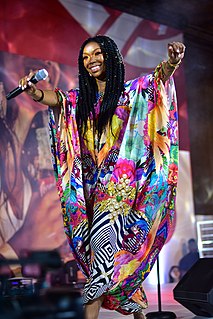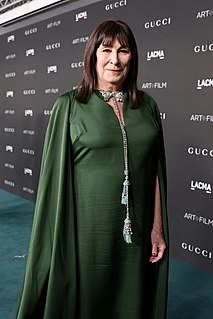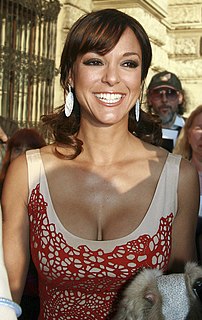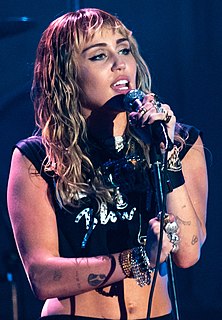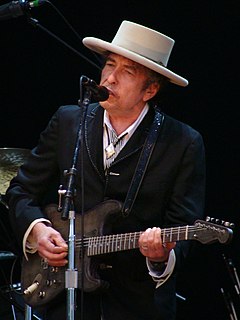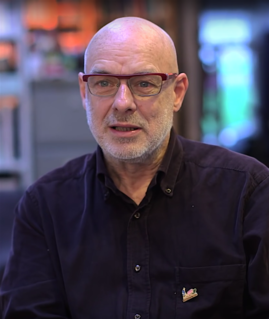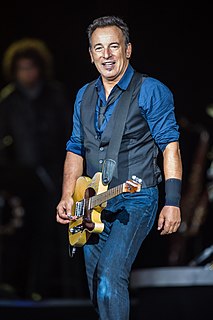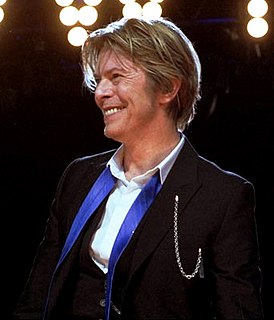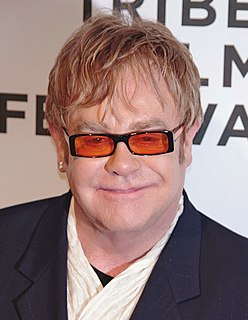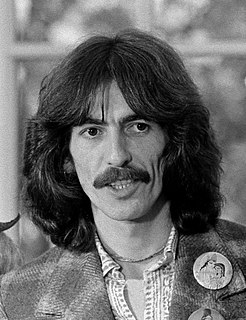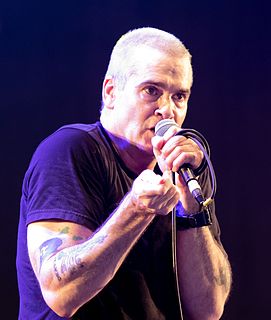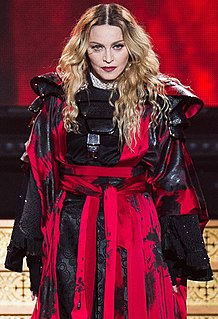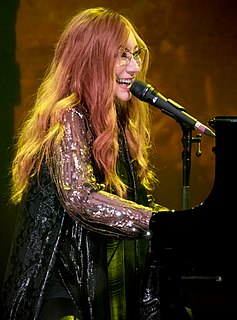A Quote by Beyonce Knowles
My daughter introduced me to myself.
Quote Topics
Related Quotes
My daughter is 12, and we have an amazing relationship. She knows without a doubt that she can literally come to me with anything, and I will stifle myself and realize that if it's not what I want to hear, it's more important that she continues to come to me and tell me things and is honest with me than me getting mad at her or giving her my opinion right now. She has figured out a way to make me an amazing parent. She's a wonderful daughter.
The idea of being given things that you don't necessarily deserve was always a difficult one for me to negotiate, and so I really always felt that I had to prove myself. Being the daughter of a famous man I guess is more easy than being the daughter of a famous woman, but at the same time there was a sense of really, with me, of wanting to earn my own way.
AMC [All My Children] launched my career and changed my life. I got married there and had my baby there and made so many close friends. I am so sad that it is going away. It is a part of television history. Pine Valley is a part of America. It breaks my heart. That role taught me how to really be an actress. It introduced me to a man who gave me my daughter. That is something that I am eternally thankful for and will always be.
The color palette grew as the story progressed. The 1920's sharecroppers were muted and neutrals, the 30's and 40's introduced burgundy to the neutral palette. The 1950's introduced green, black and denim blue, the 1960's introduced orange and heavier more saturated color, the 1970's introduced more primaries, and the fashion palette became more recognizable as a contemporary one from there.
